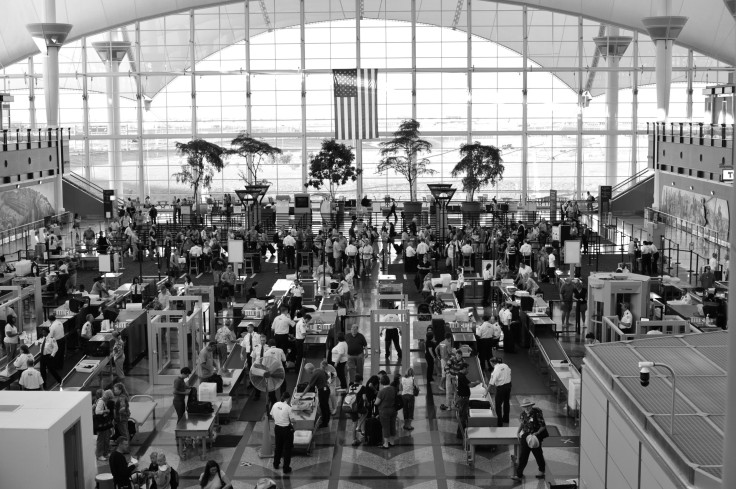What Is The TSA Shoe Rules For? Some US Airports Will No Longer Require This 2006 Security Measure
The TSA is quietly ending its two-decade-old shoe removal rule at several major US airports

Passengers flying through some US airports no longer need to remove their shoes at security. The Transportation Security Administration (TSA) has started phasing out the 2006 rule, thanks to improved screening technology and updated threat assessments.
Why the TSA Introduced the Shoe Removal Rule in 2006
The TSA shoe rule was implemented in 2006 in response to the 2001 attempted terror attack by Richard Reid, widely known as the 'shoe bomber.' Reid tried to detonate explosives hidden in his footwear on a transatlantic flight, prompting tighter aviation security across the United States.
Shoe removal quickly became a standard procedure, applied to most passengers passing through airport checkpoints. While the measure was intended to prevent similar attacks, it has often been criticised as 'security theatre' — a policy seen to offer more reassurance than actual risk reduction.
Why the TSA Is Ending the Shoe Rule at US Airports in 2025
Nearly two decades after airline passengers were first required to remove their shoes at security checkpoints, the Transportation Security Administration (TSA) is beginning to phase out the policy. An internal memo sent to TSA officers stated that, starting Sunday, travellers in general screening lanes at many major US airports will be allowed to keep their shoes on — a move confirmed by sources cited in a report from ABC News.
The decision reflects advancements in airport screening technology, particularly millimetre-wave scanners and Advanced Imaging Technology (AIT), which can detect threats without the need for shoe removal. The change is part of a broader effort to modernise security while improving efficiency and passenger experience.
List of US Airports Where TSA No Longer Requires Shoe Removal
The TSA has begun lifting the shoe removal requirement at several major airports, including:
- Baltimore/Washington International (BWI)
- Philadelphia International Airport (PHL)
- Fort Lauderdale-Hollywood International Airport (FLL)
- Cincinnati/Northern Kentucky International (CVG)
- Portland International (PDX)
- Los Angeles International Airport (LAX)
- LaGuardia Airport (LGA)
The update applies to general screening lanes, primarily for travellers with REAL ID-compliant identification or valid passports.
Certain groups have long been exempt from shoe removal, including passengers aged 75 and older and children 12 and under travelling with a parent or guardian enrolled in TSA PreCheck, according to TSA guidelines.
Travellers React to TSA Dropping Shoe Removal Rule
Reactions to the relaxed rule have been mixed. Many travellers have welcomed the change, noting that it speeds up the security process and makes the experience more comfortable. Parents with young children and elderly passengers, in particular, have found the update helpful.
However, the change has led to some confusion. Travellers have reported inconsistencies across different airports and terminals, with some TSA agents still requesting shoe removal. Former TSA officers and frequent flyers have taken to social media to confirm the change and advise travellers on what to expect.
Impact of TSA Shoe Policy Change on UK and International Travellers
Unlike the US, most UK and European airports do not enforce universal shoe removal. It is typically requested only in specific scenarios or during random checks. The recent TSA update aligns the US more closely with international practices and may improve the experience for British and other overseas travellers entering or transiting through American airports.
It also reflects a broader global shift towards smarter, tech-enabled security systems. Several UK airports are trialling advanced scanners that could soon eliminate the need to remove liquids and electronics from hand luggage, echoing the TSA's direction.
What the TSA Shoe Rule Phase-Out Means for Air Travel
The end of mandatory shoe removal at select US airports marks a notable step forward in modernising security procedures. While the change is not yet nationwide, it suggests a wider move towards more efficient, risk-based screening. For international passengers, especially those from the UK, the update could mean a quicker and more seamless journey through American airports.
© Copyright IBTimes 2025. All rights reserved.





















